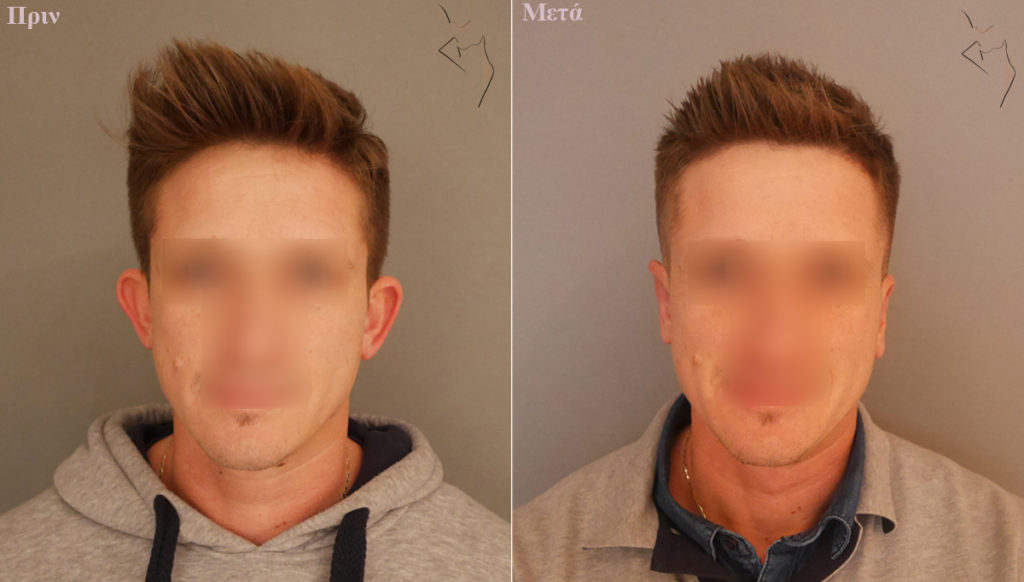The prominent ear is the most prevalent congenital deformity of the ear. It is characterized by a distance longer than 2 cm from the scull in back view. This deformity is caused by an underdeveloped antihelical fold and/or deep concha. It comprises a major source of bullying during childhood.

Prominent Ears
What is it?
The procedure
Otoplasty aims to remodel the ear regarding your individualized needs and desire. In any case the incision is placed on the posterior surface of the ear. I almost always use the Chong-Chet technique with anterior scoring of the cartilage in combination with placement of non-absorbable sutures as described by Mustarde and Furnas. Most patients are able to return to work or school after 1 week.
Age
At 6 years – the child begins to develop self-esteem at this age.
Anesthesia
General anesthesia for young children.
Local anesthesia for teens and adults.


CONTACT
Wish to learn more? Contact the doctor here:
